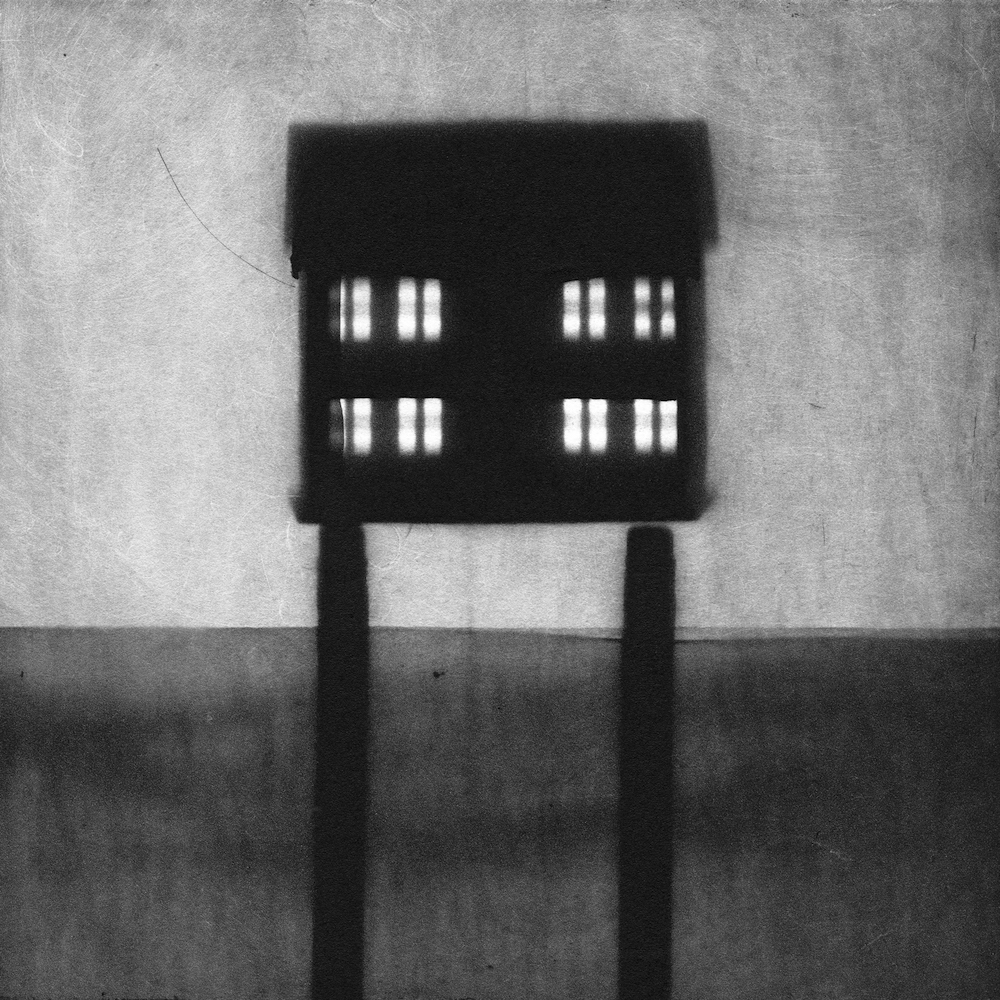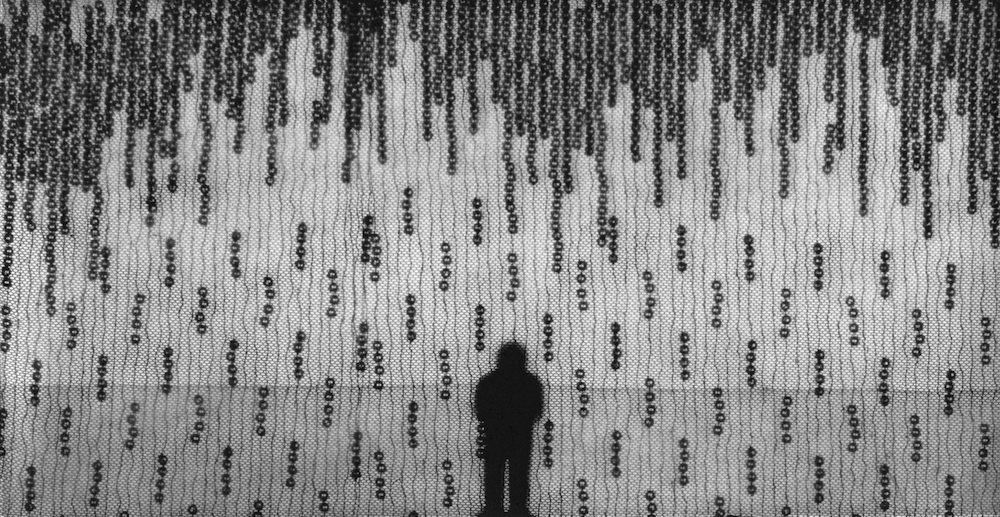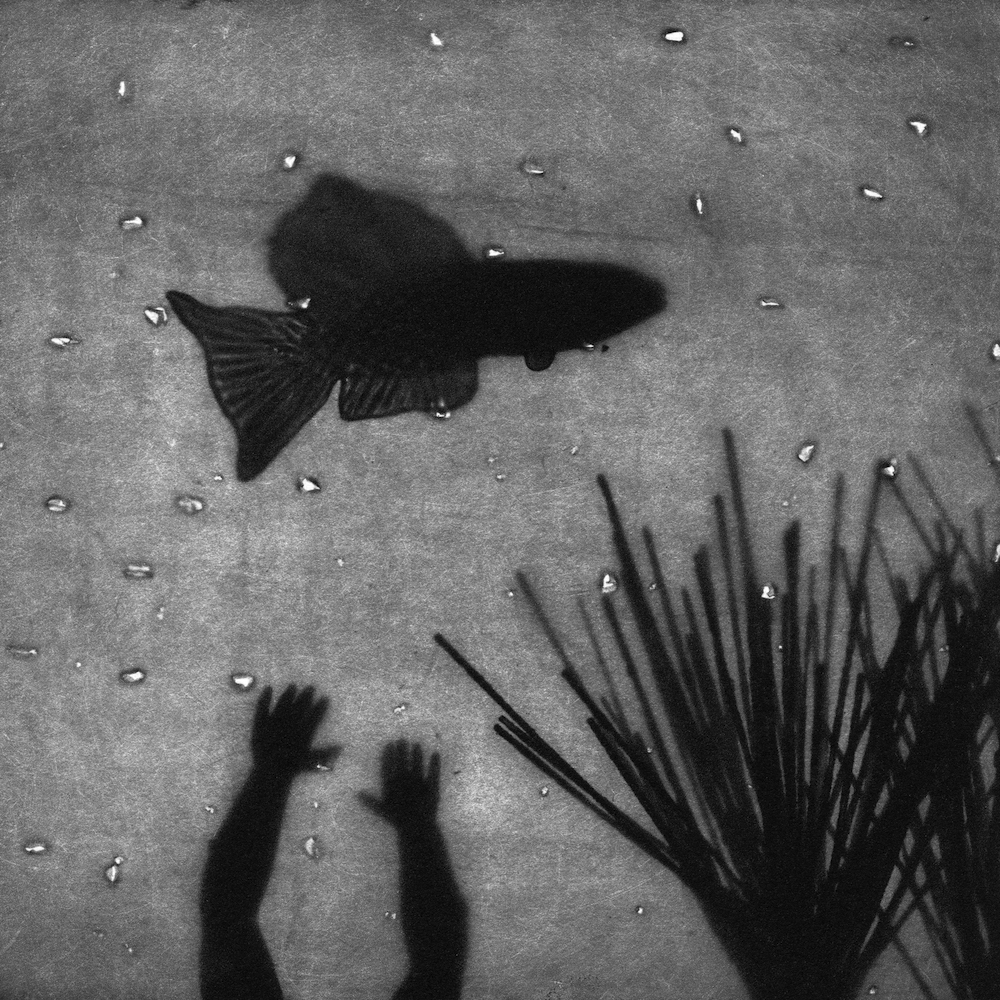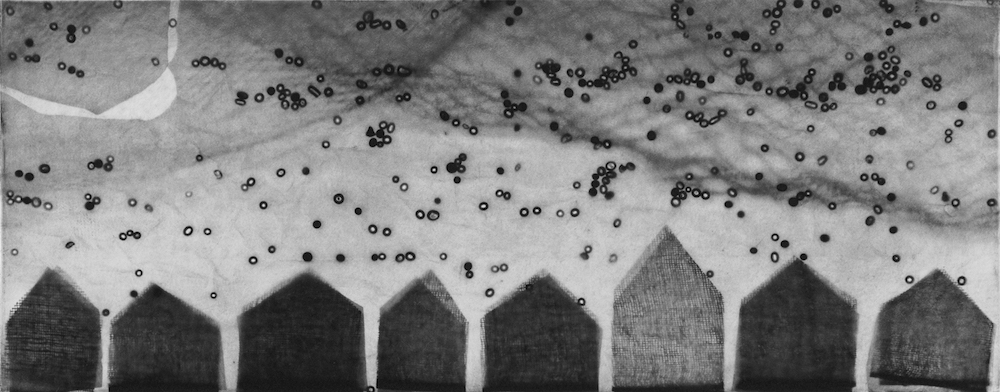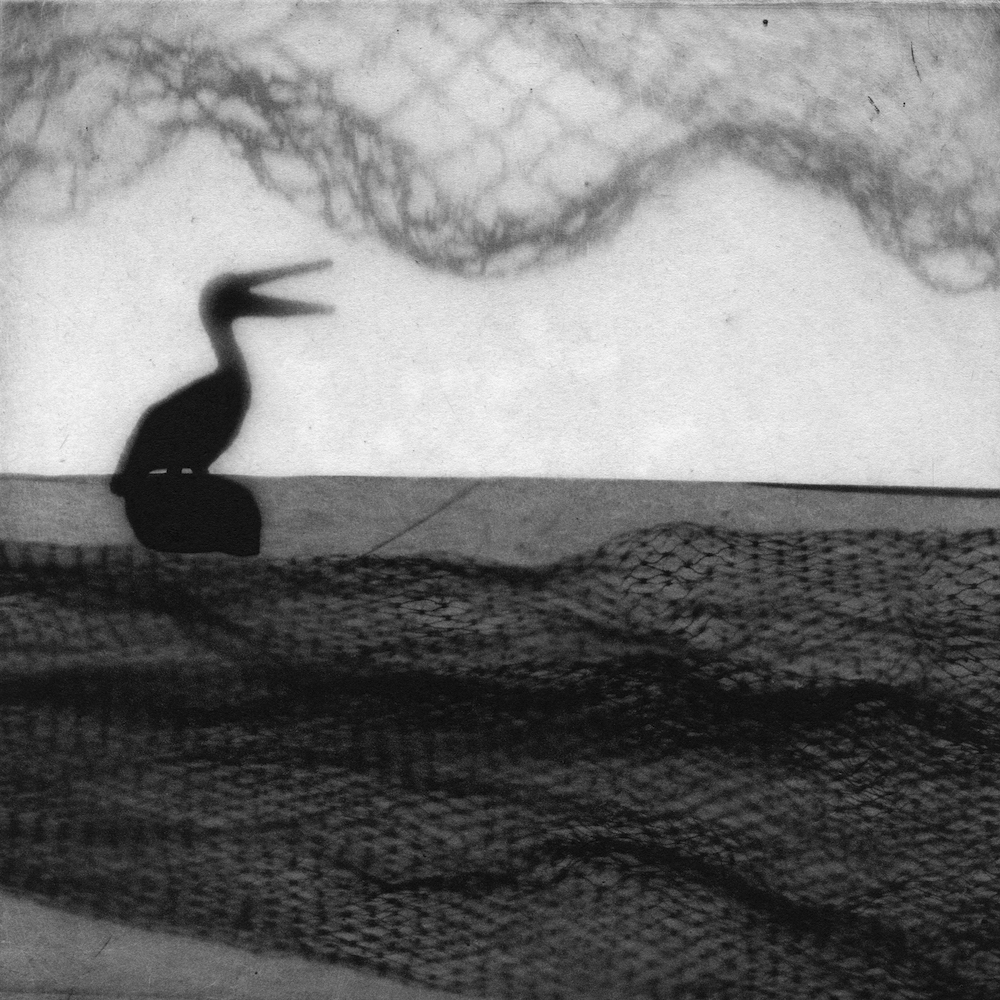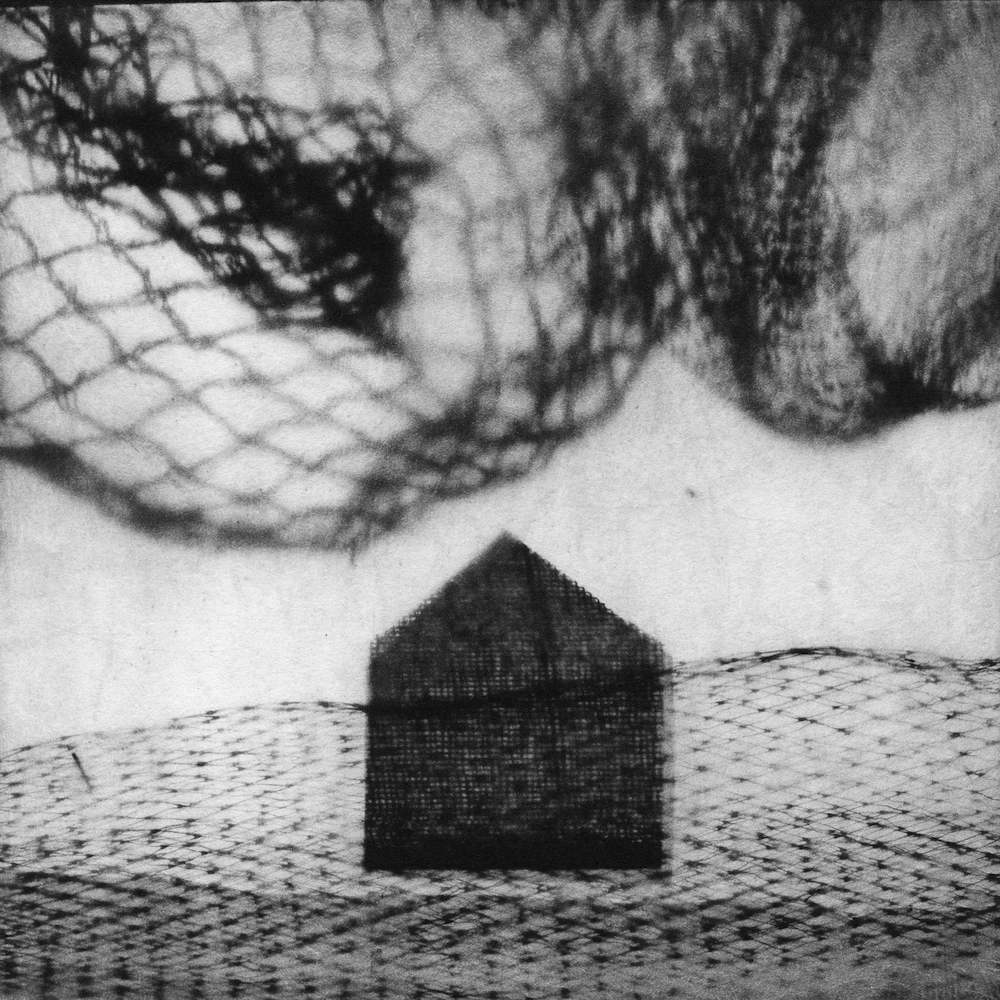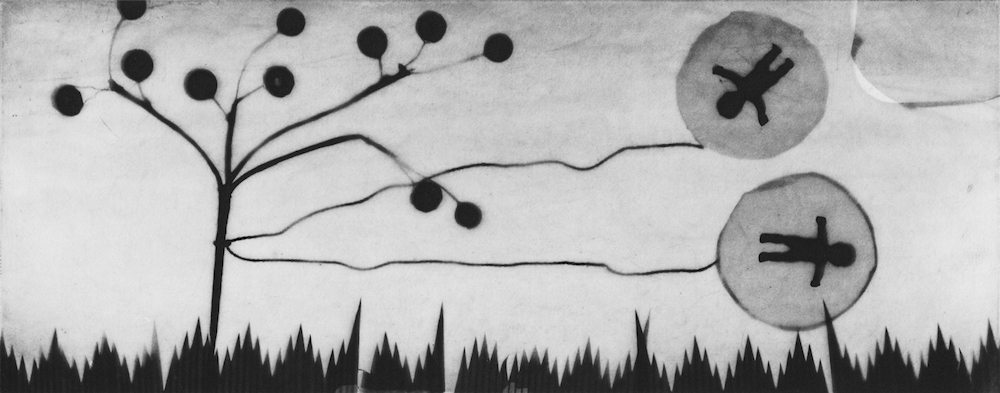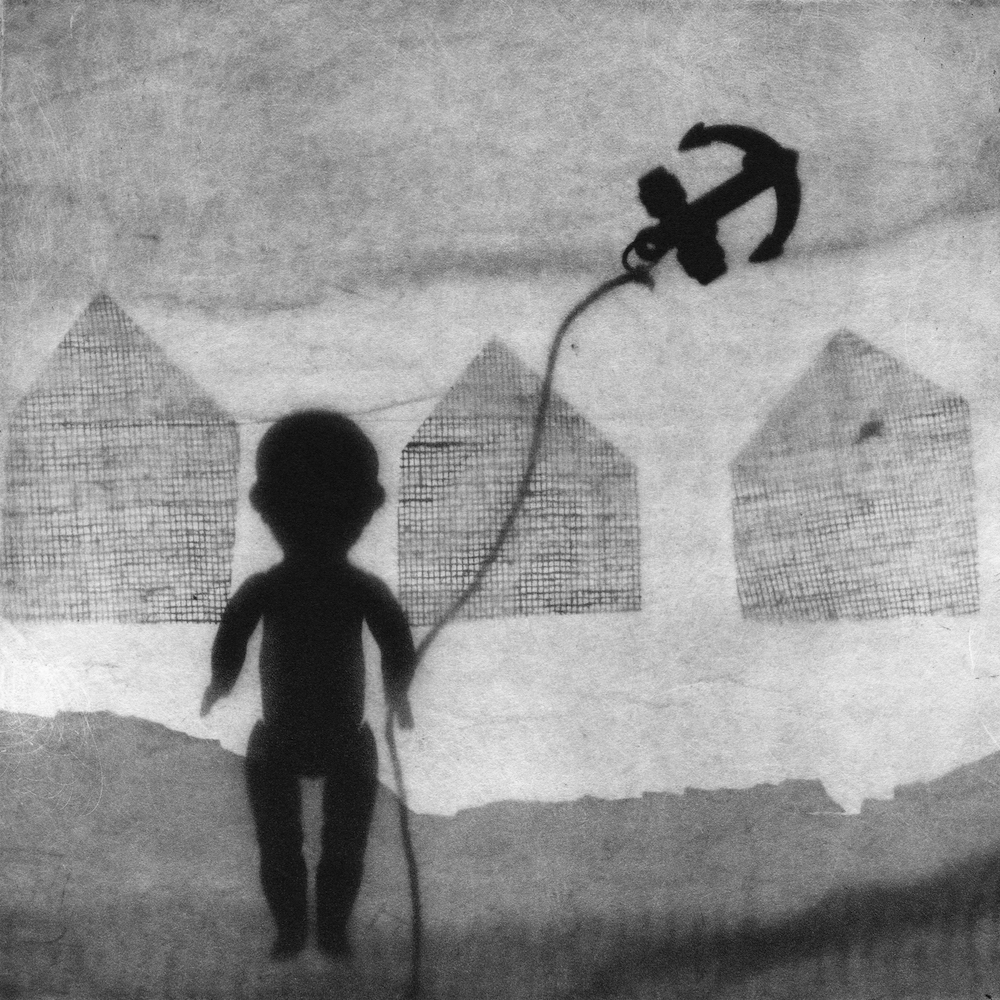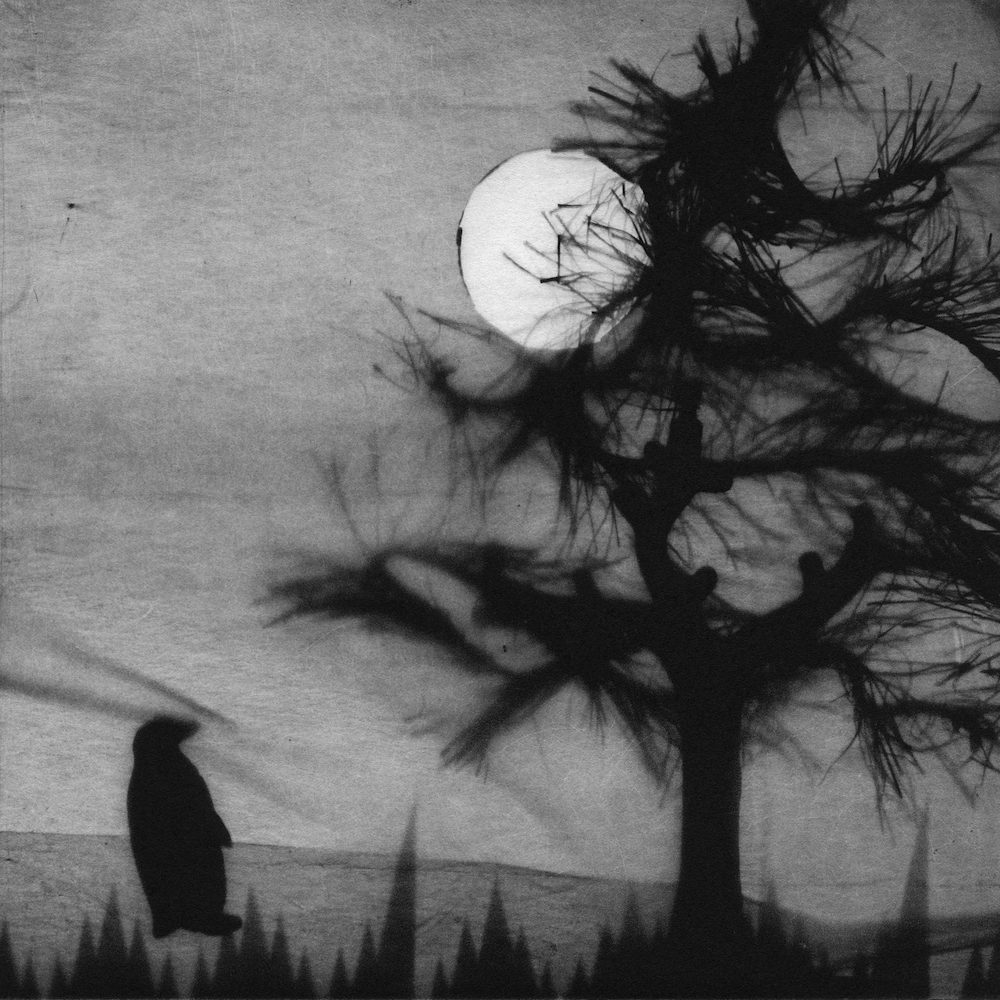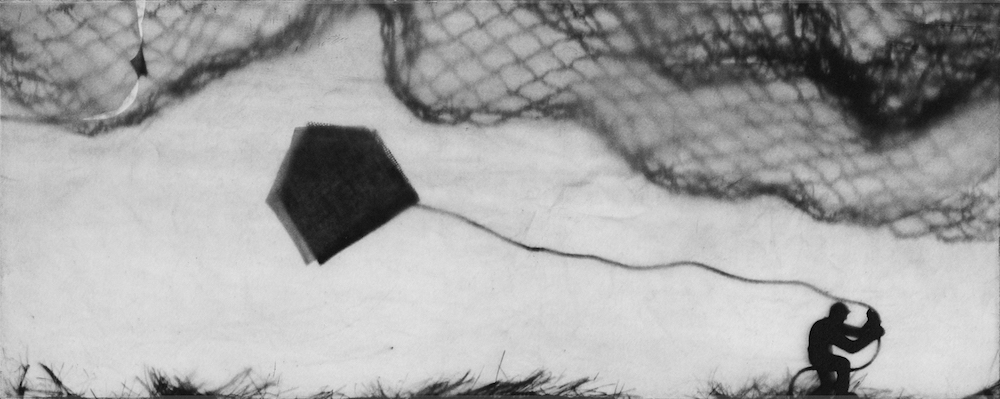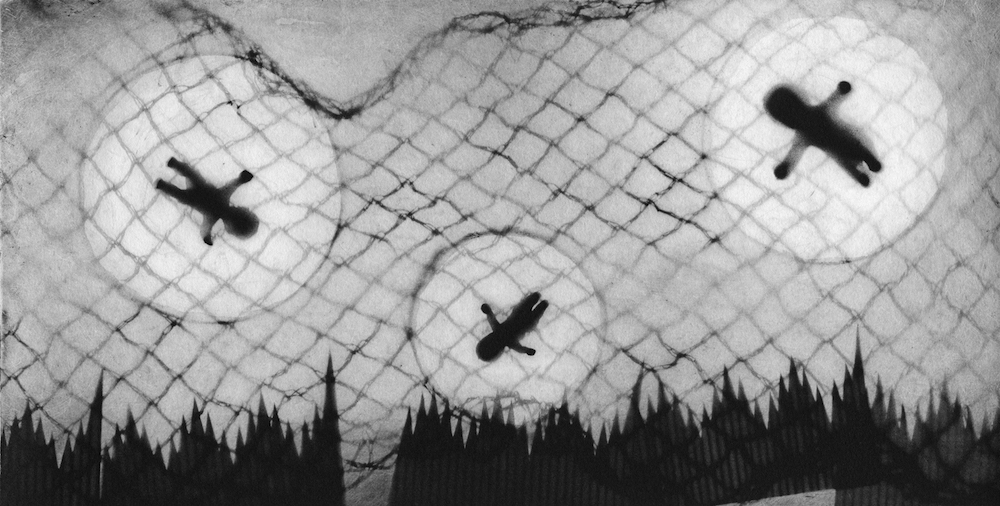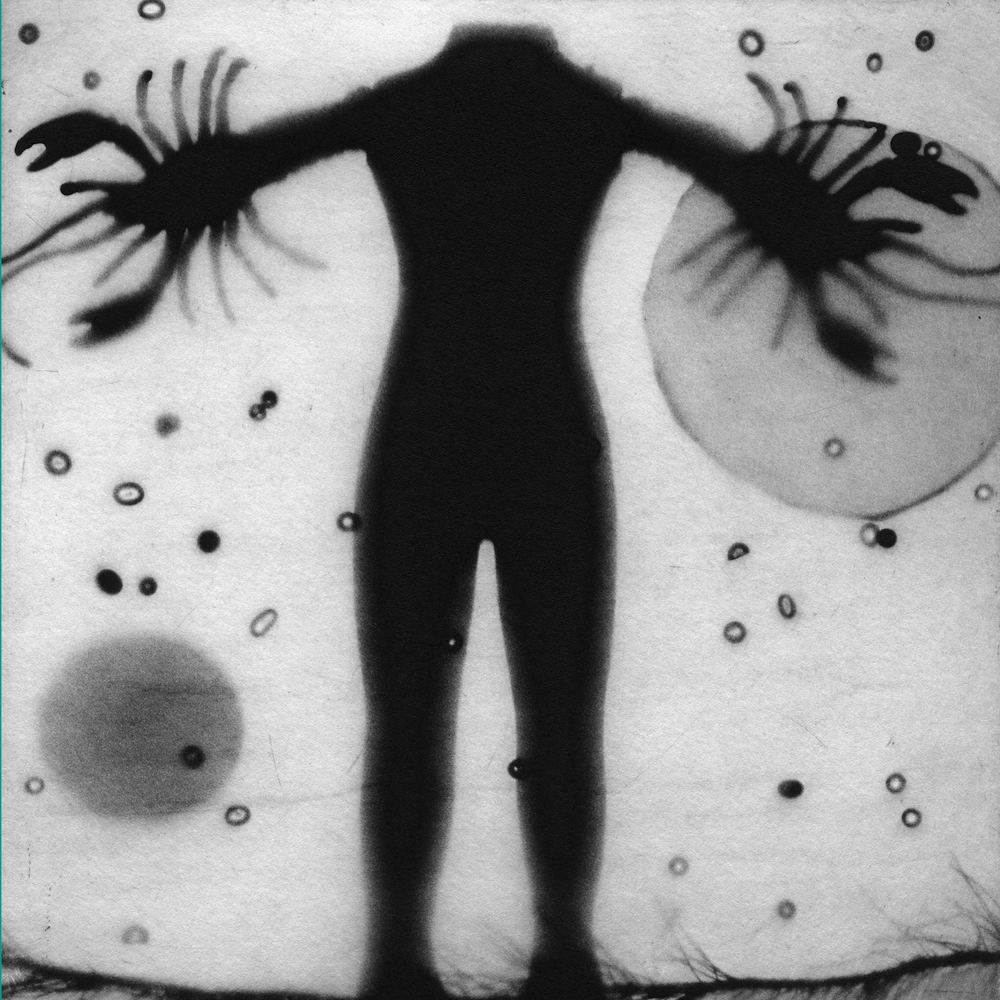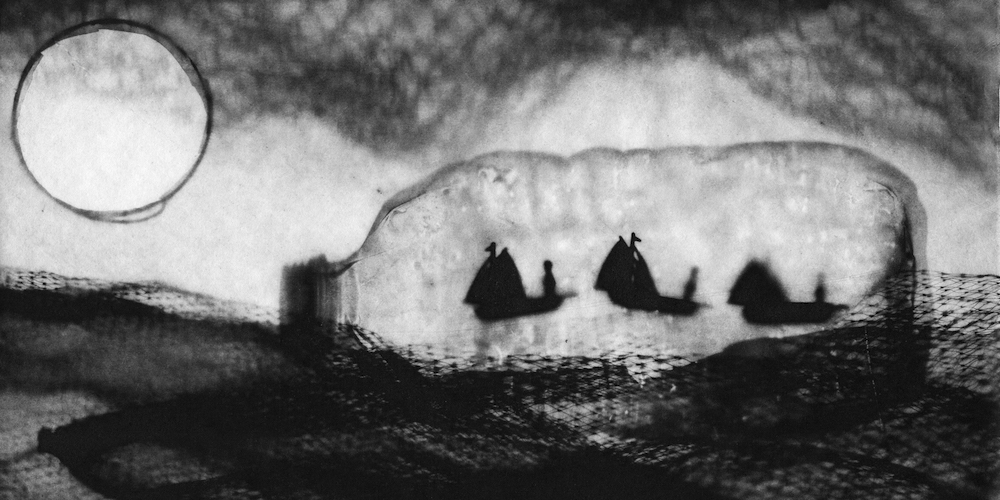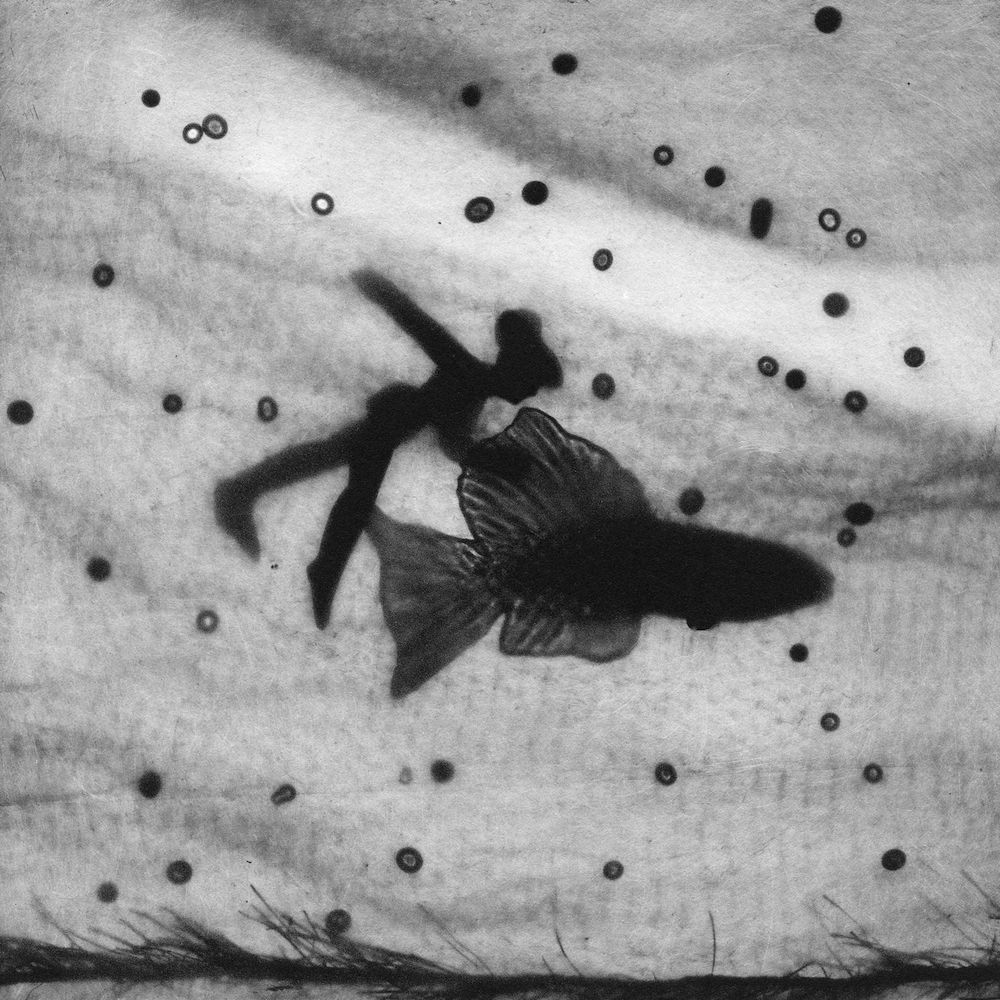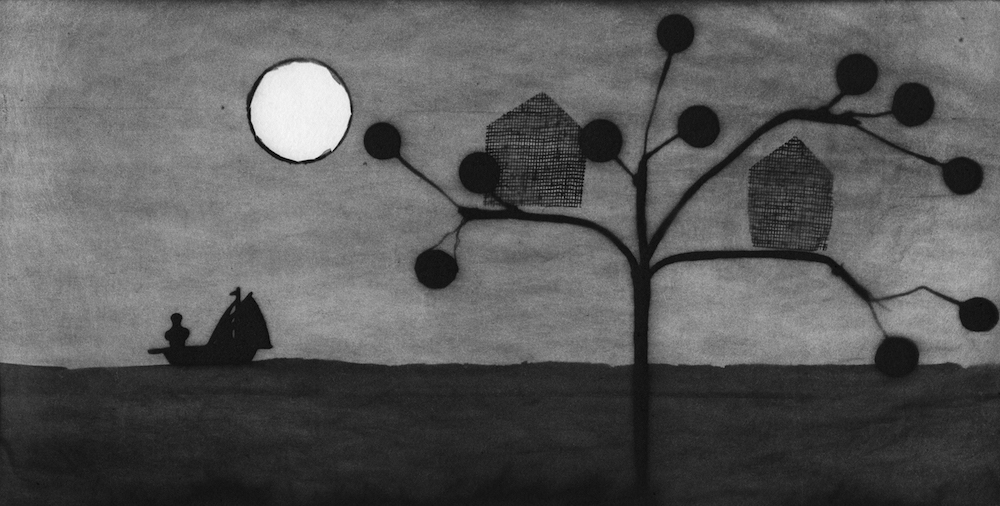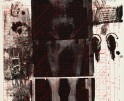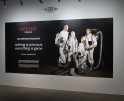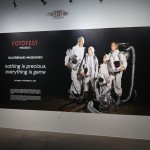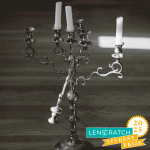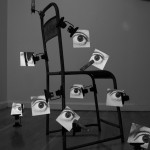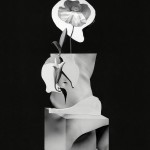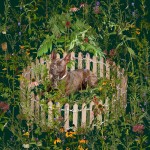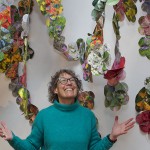Jennifer Shaw: The Flood Story
Jennifer Shaw has been a long time photographic storyteller, and for the most part, those stories are born from her own experiences as a mother, a resident of New Orleans, and compassionate person of the world. I’ve known Jen for a long time, first through our mutual love of the toy camera, but later as her work was inspired by personal events during Hurricane Katrina, with her well celebrated project, Hurricane Story. The result of that series was a book published by Chin Music Press. Jennifer has also been an integral figure in the PhotoNOLA annual festival, recently stepping down as Director after ten amazing years, now working as the Creative Director for the organization.
Her new project, Flood State, speaks to a life of uncertainty in a region where water levels are rising and each storm brings worry and concern for the future. The work is at once playful and profound, allowing the viewer to understand the psychological effects of living under these circumstances. Using a unique inversion of the antiquarian photogravure process, Jennifer’s tableaux feature children’s toys and other found objects arranged in a surreal but strangely familiar manner. She uses the photogram process of laying objects onto a light-sensitive material and directly exposing a copper plate below.
Jennifer recently opened an exhibition of this project at the Guthrie Contemporary Gallery in New Orleans. The gallery states: “The small-scale futurescapes were created using commonplace materials, including sushi grass, plastic nets and grocery bags. In one example a fish swims past a row of shotgun houses, while in another, a figure with crawfish hands stands rooted on the ocean floor, surrounded by and at home with marine life. Exhibiting an optimistic sense of wonder for this exotic world, “Flood State” invites viewers to imagine a new life for themselves in a future unlike, but perhaps not far removed from, our present. Shaw quietly yet fiercely declares that the people of this state have taken enough damage to make them resilient, and will fight to remain in their home no matter what adaptations are necessary.”
Jennifer Shaw is a fine art photographer whose work is based on both a world observed and a world constructed, often focusing on the fleeting and personal within the sphere of her immediate surroundings. Her photographs have been featured in Oxford American, Shots, Black + White Photography (UK), NPR, LENSCRATCH, and PDN, and are included in two recent monographs: Hurricane Story (Chin Music Press, 2011), and Nature/Nurture (North Light Press, 2012).
Shaw grew up in Milwaukee, Wisconsin, studied photography at the Rhode Island School of Design and then moved to New Orleans in pursuit of the artist’s life. She currently teaches the disappearing art of darkroom photography at the Louise S. McGehee School and serves as creative director of the annual PhotoNOLA Festival, in addition to chasing after two young sons.
Last spring Josephine Sacabo invited me to come work for her, assisting her her assistant, master printer Meg Turner, to produce a limited edition photogravure book before Meg went off to grad school. It was a great offer, so naturally I accepted. Meg taught me the polymer photogravure process, which involves exposing digital negatives (which are actually positives) onto pre-emulsified steel plates, then inking and printing the developed plates. Josephine generously stated that I could utilize the studio to do my own work as well. I sort of shrugged the offer off, thinking that I was buried under a mountain of negatives already and couldn’t imaging adding on the additional step of creating digital negatives. But after awhile curiosity got the better of me and I began to wonder what would happen if you skipped the negatives and used the plates to make photograms – a process that entails laying objects directly onto the surface of light sensitive materials. So I came in early one day with some four-leaf clovers and began to experiment. One thing led to another, and when the August flood occurred I impulsively started cutting little house shapes out of the tarlatan we use to wipe plates and began working my anxieties out visually. It was the perfect confluence of play and story, the juncture where I now realize I am at my best creatively. I had a subject, and the need to express myself, and I had a new medium to explore and experiment with. I also had an incredibly supportive environment. It had been so inspiring watching Josephine’s creative process and drive, and she was strongly encouraging of my emerging images. All of these elements aligned at the perfect time, igniting the creation of this new series. – Jennifer Shaw
Flood State
In 2016, two major floods affected vast portions of Louisiana, sparking this series about weather anxieties and the precarious act of making a home on vulnerable land. Ever since Hurricane Katrina, my heart breaks and stomach turns every time I see flooding in the news. This year was even more intense, as our weekend camp was among those flooded in the March deluge, and came within inches of flooding again in August.
All of which has left me questioning the long-term viability of living in a place where we are at risk of being inundated from above and below. Heavy rains can drown thousands of homes without warning, and rising sea levels are destroying the coast in a slow but steady creep. With each new storm that blows this way, I fear mother nature is warning us to get out while we still can. I consider heading for higher ground. Yet the frequency and intensity of extreme weather events is predicted to increase, globally, in the coming years, begging the question: Is any place truly safe?
And so I imagine a future where we adjust and adapt to survive in a floating world. In these liquid landscapes there are pods to keep us safe us as water rises, tree house colonies in case it doesn’t recede, and human transmutations who evolve with crawfish arms to better navigate the submerged universe. The skies may be dark and stormy, but fear is tempered by hope.
Posts on Lenscratch may not be reproduced without the permission of the Lenscratch staff and the photographer.
Recommended
-
Ricardo Miguel Hernández: When the memory turns to dust and Beyond PainNovember 28th, 2025
-
Pamela Landau Connolly: Columbus DriveNovember 26th, 2025
-
Interview with Maja Daniels: Gertrud, Natural Phenomena, and Alternative TimelinesNovember 16th, 2025
-
Robert Rauschenberg at Gemini G.E.LOctober 18th, 2025
-
Hillerbrand+Magsamen: nothing is precious, everything is gameOctober 12th, 2025

